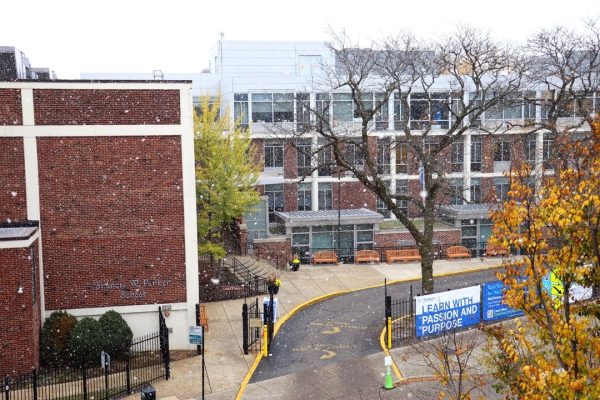Hurricane Irma Hits Florida
Disastrous Hurricane Affects Millions in the American South
On the morning of Sunday, September 10, Hurricane Irma ripped through southwest Florida with winds reaching 130 miles-per-hour. Eliminating the power of over one million people, already killing at least one American, and threatening to swallow Florida’s coastal cities, Hurricane Irma–formerly a category 5 hurricane–has since been downgraded to a tropical storm.
Irma first struck land on Wednesday, September 6, hitting the island nation of Barbuda with winds up to 185 mph. It made landfall in Cuba as the largest hurricane the nation had seen since 1924. Already having damaged multiple Caribbean Islands, Irma has killed at least 25 locals and left thousands–more than 50% of residents–homeless. Some estimates speculate that as many as 95% of buildings on Barbuda have been damaged.
According to the National Hurricane Center, the surge will be accompanied by destructive waves near the coast. Almost the entire state of Florida, nearly 36 million people, is under hurricane warning.
“All my cousins decided to stay in Florida because they weren’t expecting to be hit by the highest parts of the storm,” sophomore Max Antoniou, who has family in Saint Petersburg, said. “They thought that their flood systems would keep them safe, and they could ride out the storm. They checked in with the news to track the storm, and they had supplies with them, like water and canned food.”
6.3 million people were ordered to evacuate, and though 100,000 stayed in shelters, some chose to remain in their homes.
“My grandma lives in West Palm Beach, and she decided to leave because she was worried about her and her dog,” sophomore Brooke Kolker said. “She drove in one Friday to stay with us to get away from the hurricane, and she just watches the news a lot.”
540,000 people were told to leave the Georgia coast while Alabama, North Carolina, and South Carolina have declared states of emergency.
This is the first time in recorded history that the United States has had two hurricanes Category 4 or higher hit land in the same year. The other storm was Hurricane Harvey, which devastated Texas just days before Irma first made landfall.
“The levels of strength of the storms we’ve seen are substantially larger than ones we have seen before,” Upper School science teacher JP Iaconianni said. “Hurricanes are related to the surface temperature of the ocean water, which has been climbing largely due to the climate change data.”
Irma’s impact will stretch far beyond the deep south. According to the National Hurricane Center, both Tennessee and Kentucky will see a slight change in weather patterns with the final gusts disappearing into Illinois and Indiana.
Parker’s Social Justice Committee, led by sophomore Lindsay Carlin, will be holding a “Victim Drive” for those affected by Hurricanes Irma and Harvey. Any individuals in the community interested in donating warm weather clothing, sneakers, sandals, toiletries, blankets, towels, or diapers can do so using donation boxes set up in the Front Alcove, Middle and Upper School Offices, and the Upper School Dean’s Office.








